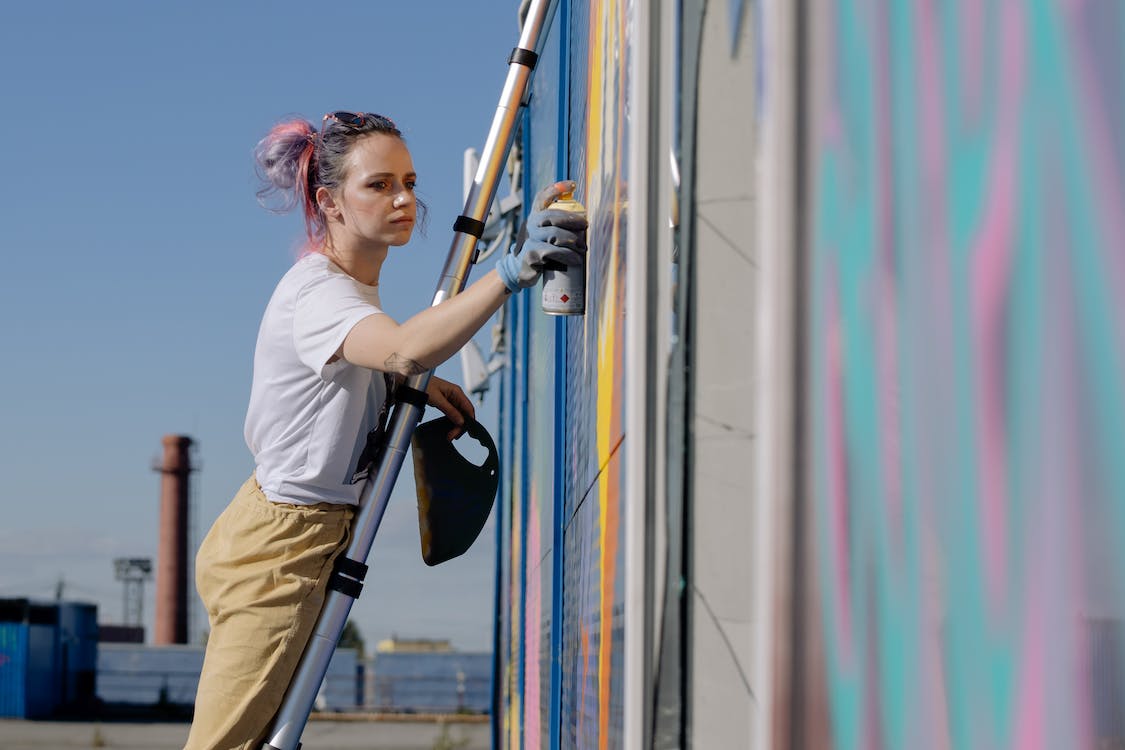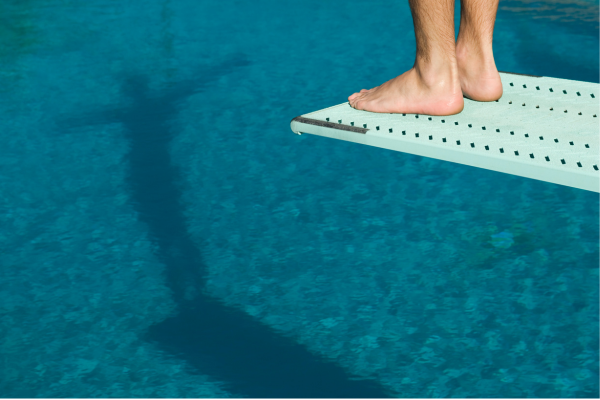Investigating Ladder Falls: Equipment Failure or User Error?

Falls from ladders result in approximately 15,000 injuries and about 400 to 500 deaths each year. While there are numerous factors that can contribute to a fall from a ladder, the four most common are:
- Using the wrong type of ladder
- Using a ladder that is in poor condition
- Improper placement of a ladder
- Failing to follow proper ladder use guidelines
When a fall from a ladder occurs, it is important to gather as many facts as possible to be able to evaluate these factors and determine what caused the fall.
Choosing Ladder Type
Height should not be the only consideration when selecting the type of ladder. The ladder’s load capacity should be appropriate for both the weight of person along with anything they are carrying. Material also matters. If the user is working with electrical components or if there is any risk of exposure to electrical power, a wood or fiberglass ladder should be used rather than an aluminum ladder.
Condition of Ladder
Prior to use, a ladder should be inspected to verify that all the parts are present and in good condition. Ladders with missing rivets, bent rungs or rails, damaged feet, or locking features that do not function smoothly should not be used until properly repaired.
Once the appropriate type of ladder has been selected, inspected, and found to be in good condition, it is time to set it up.
Ladder Setup
Ladders should be positioned on a firm, level surface so the feet sit firmly on the surface to provide a stable base. It should also be away from doors or walkways where people will be passing. If being used to access a roof or elevated location, the ladder should be of sufficient length so that it extends three rungs above the where it contacts the roof or surface. This will assist the user in transitioning to and from the roof or elevated surface.
The angle of the ladder is also an important factor. Ladders should be positioned at a 75-degree angle to the ground. In other terms, the base of the ladder should be ¼ of the length of the ladder from the wall supporting it. Positioning a ladder at this angle will help to prevent the base of the ladder from sliding out. Even with the proper angle, the ladder should be footed or held in place by an assisting person whenever someone is using the ladder or transitioning onto the ladder. If that is not practical, the base can be secured by staking it in place or securing the bottom of the ladder to a firm, fixed object. The top of the ladder can also be attached to the building near its support point to prevent sliding.
With the ladder positioned and properly footed, it can now be used. Common guidelines for use include maintaining three points of contact with the ladder while climbing or transitioning to or from the ladder. If you need to bring tools or supplies up that would prevent using your hands to grab the ladder, hauling these items up to the roof after you have safely transitioned to the surface is a safer option. Care should also be taken to avoid overreaching or leaning off the side of the ladder. It is much safer to climb down and re-position the ladder. More guidelines and best practices can be found in the ladder’s user manual.
The steps outlined above are a brief overview of safe ladder use. When a fall from a ladder occurs, the incident is frequently due to a failure to follow these steps. Analysis of the incident and any physical evidence by a qualified expert can help to identify the factors that contributed to the fall. Expert investigations will help to determine if there was a ladder defect which caused the fall or if the ladder was being used improperly at the time of the incident.

